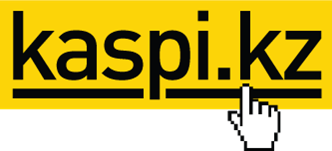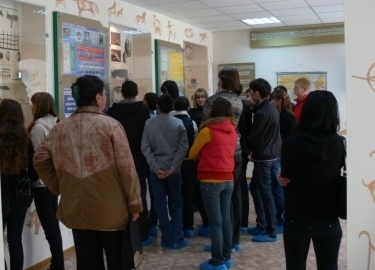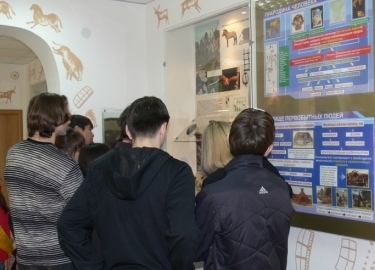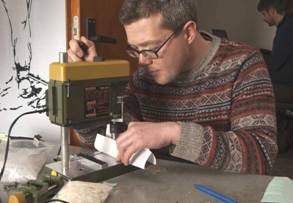Archaeological Museum
The Archaeological Museum of A. Baitursynov Kostanai State University works at Archaeological Research Laboratory of the University, which conducts its work in 1976. The founder of the laboratory, the first chief of Kustanai first, and then Turgay archaeological expedition is Logvin Viktor Nikolayevich (now a doctor of historical sciences, professor, head of the Research Laboratory of Archaeology of Ob of the University of Surgut).
The exhibits located in the display windows were found by the laboratory staff in Kostanai region. During this time, more than twenty archaeological sites of Kostanai region of different eras of human history were investigated – from the Mesolithic to the Middle Ages; new archaeological cultures of the Stone Age were discovered: mahandzhar and tersek. The artifacts were prepared from the work of scientific fields:
- Study of the Stone Age monuments of Turgay deflection (X-III centuries BC);
- Study of the history of the population of Kazakhstan in Tobol region in the Bronze Age (III-II centuries BC).
The museum presents each archaeological era of the region – from the Stone Age to the Middle Ages.
|
|
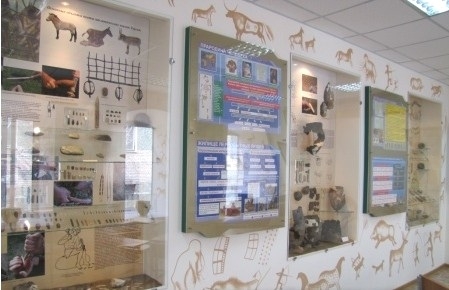 |
|
| Guided tours at the Archaeological Museum |
||
Much attention is paid to mahanzhar culture (Neolithic, 7 - 5 centuries BC) and tersek culture (Eneolithic mednokamenny copper and stone age, 4 - 3 centuries BC).
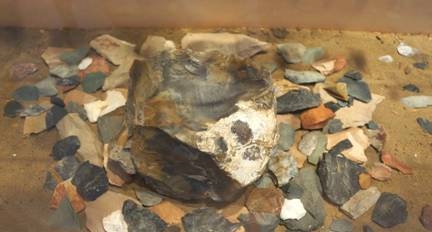 |
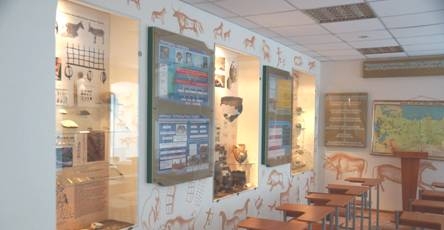 |
The Bronze Age is represented by Andronov cultural-historical community.
|
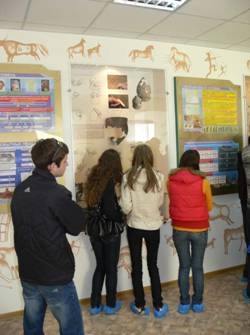 |
|
|
The main monuments of the Indo-Aryans of the region are burial grounds Bestamak, Halvai 3, Dzhageldy 5. Indo-Aryans’ obsequies are vividly presented. The gem of the museum is a reconstruction of the female Andronov burial suit and beautiful jewelry made of bronze, stone, and bone.
|
|
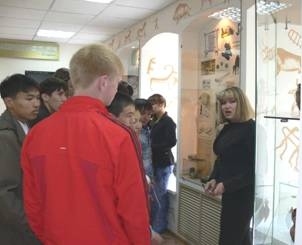 |
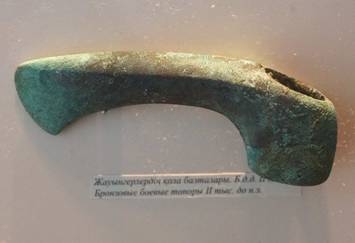 |
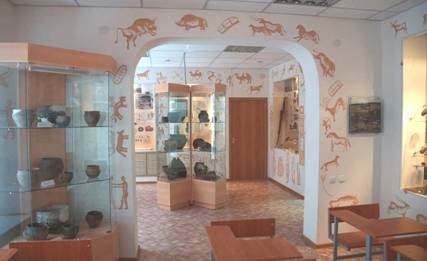
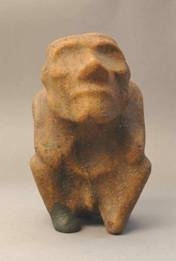
Early Iron Age of the region is associated with Sarmatian and Scythian tribes, artifacts of material culture which are presented in a separate display window.
The Middle Ages of Torgay are presented with funerary monuments and ancient Turkic statues
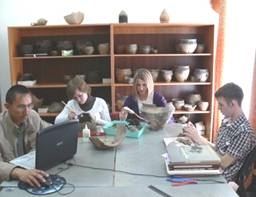
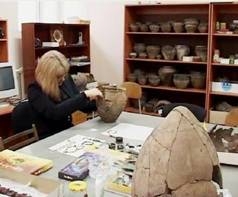
The students of the Faculty of humanitarian and social studies are actively involved in the work of the laboratory of archaeological research and annually, as part of the archaeological practice, help in the study of monuments and material processing. The archaeological club has existed for more than twenty years at the archaeological laboratory, its activity goes beyond the university: not only students of KSU, but also students of other schools of Kostanai region are actively involved in its work.
While working in the archaeological club, students have the opportunity to meet and share experiences with international students, to participate in international archaeological student conferences.
|
Foreign experts are actively involved in the study of the archaeological heritage of the region. For example, in 2006, members of the laboratory of archaeological research and Dr. Sandra Olsen (Carnegie Museum of Natural History) were the first to use the method of magnetometry in excavation of the burial ground at Bestamak. In 2011 there was carried out a joint operation with experts from the German Mining Museum in Bochum by T. Stollner, A. Goncharov, M. Schilcht for the Study of metal products of Bronze Age monuments of Torgay. |
||
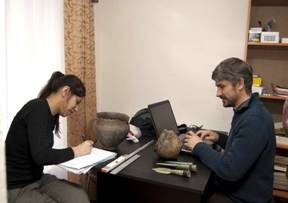 |
|
|
| Collaboration with German archaeologists in 2011. |
||

